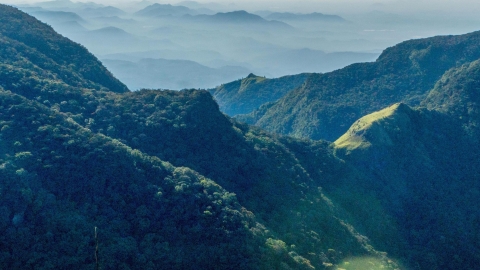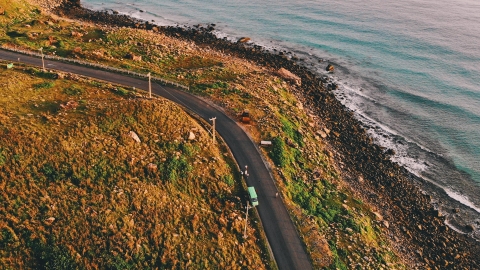The unique beauty of Plitvice Lakes National Park made travel blogger with the nickname Those Footsteps have to work hard to apply for a Schengen visa twice to be able to enter Croatia on this trip to Central Europe.
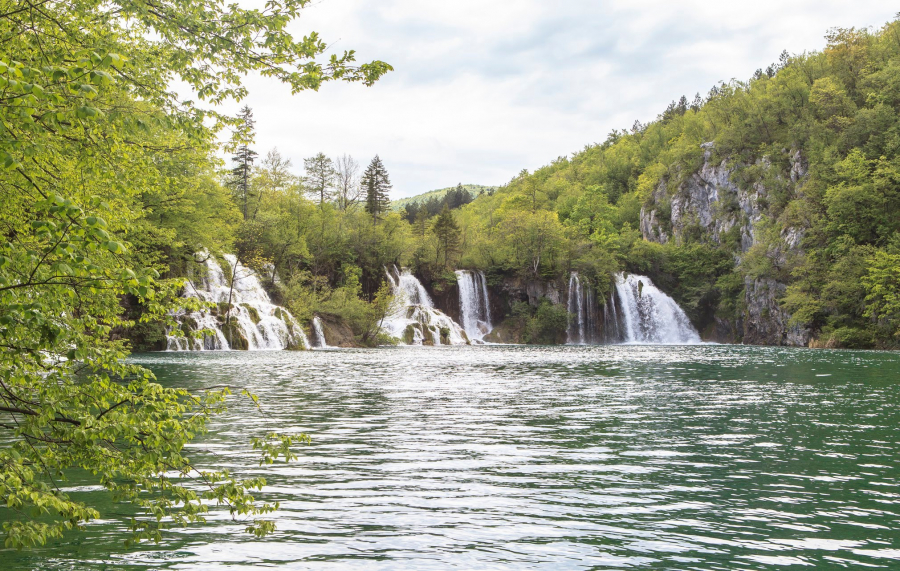
A country blessed with a coastline of nearly 1,800km and countless landscapes, Croatia is also known for its four spectacular and valuable national parks in terms of tourism and biology. Among them, the largest is the Plitvice Lakes National Park, which has been listed as a UNESCO World Heritage Site since 1979 and is considered one of the most beautiful natural landscapes in Europe.
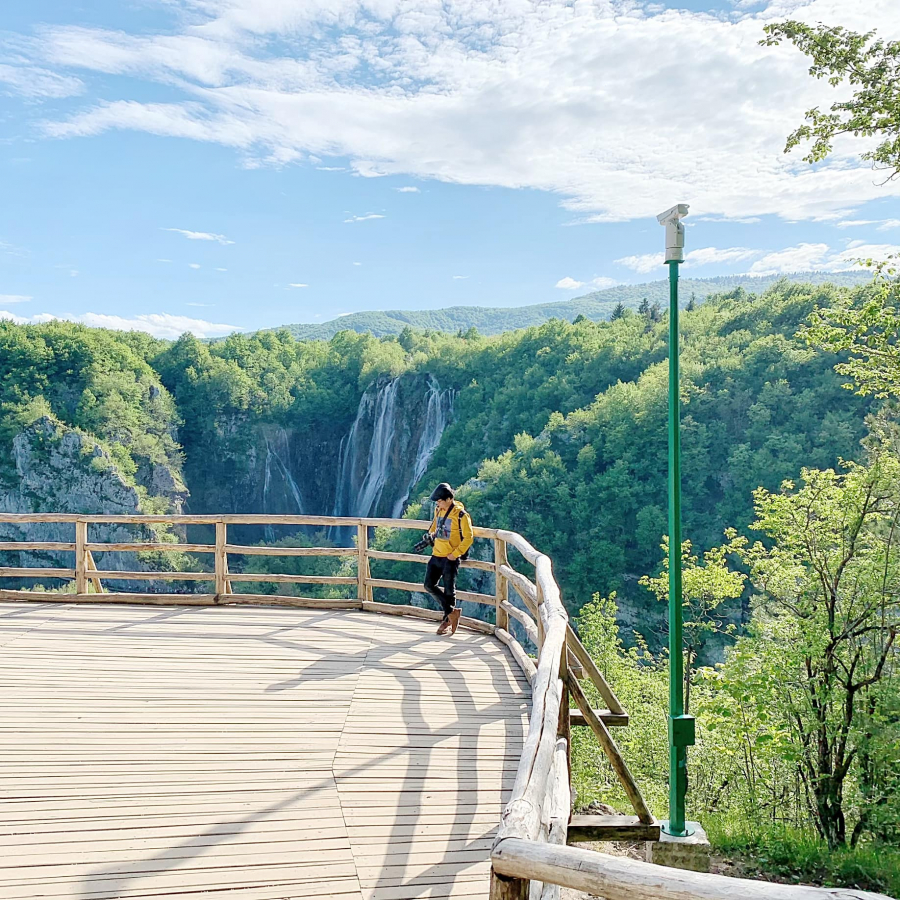
Established in 1949 and the oldest national park in Southeast Europe, Plitvice Lakes is located in central Croatia, in a valley surrounded by mountains and lush forests. Located on the border with Bosnia and Herzegovina, the park covers an area of nearly 300 km² and includes a system of nearly two dozen clear, blue lakes.

About 2 hours and 30 minutes drive from the capital Zagbre, you can explore Plitvice in a day. However, according to Nguyen Hoang Bao's advice, you should stay overnight in Plitvice so that the next morning you can continue to visit the surrounding poetic towns, where the villages are built on beautiful multi-tiered waterfalls and enjoy fish dishes from Plitvice Lake. There are two villages where you can stay overnight, Jezerce and Rastovaca, not far from the park.
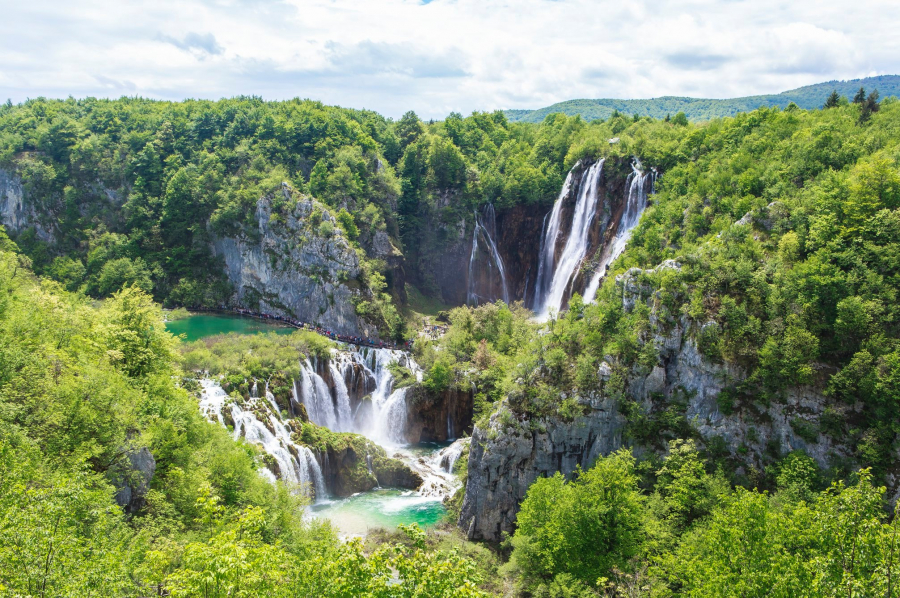

There are many sightseeing routes inside Plitvice Park depending on your time, needs and health so you can choose the right one. The park has 2 entrances with gate number 1 and gate number 2. Most visitors will enter gate number 1 because when entering, you can immediately see the central waterfall - the highest waterfall flowing from the cliffs from a height of 78m, creating resounding sounds and misty rain like a fairy scene. The wildest scenes of the movie about American Indians titled "Winnetou" were also filmed here.

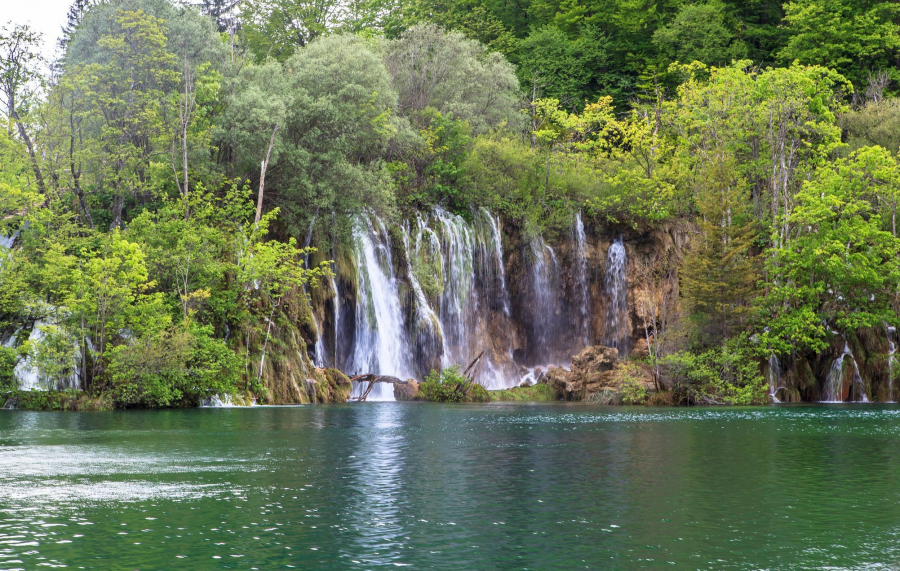
Because gate 1 and gate 2 are about 1,500 meters apart and are both on the park tour route. Therefore, you can also enter gate 2 and then follow the tour route to gate 1 or vice versa. There are 3 basic routes for visitors: Route A - walk about 1,500 meters, route B - walk about 4,000 meters and route C - walk about 8,000 meters. These routes mainly follow Plitvice Lake and visit waterfalls. In addition, there are many routes to explore forests, prehistoric caves, and mountain climbing marked with routes H, J, K... and there are exploration routes up to 20km in the park.
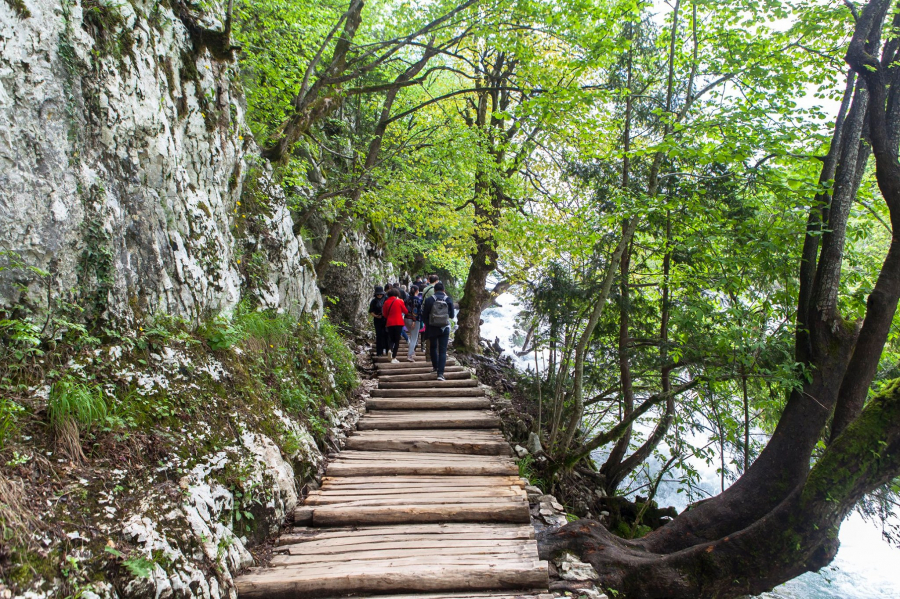
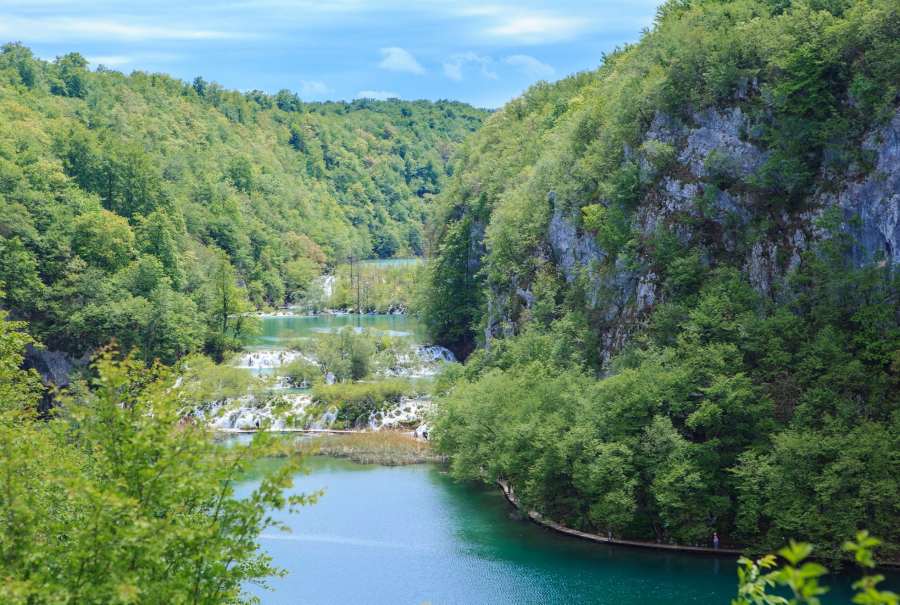
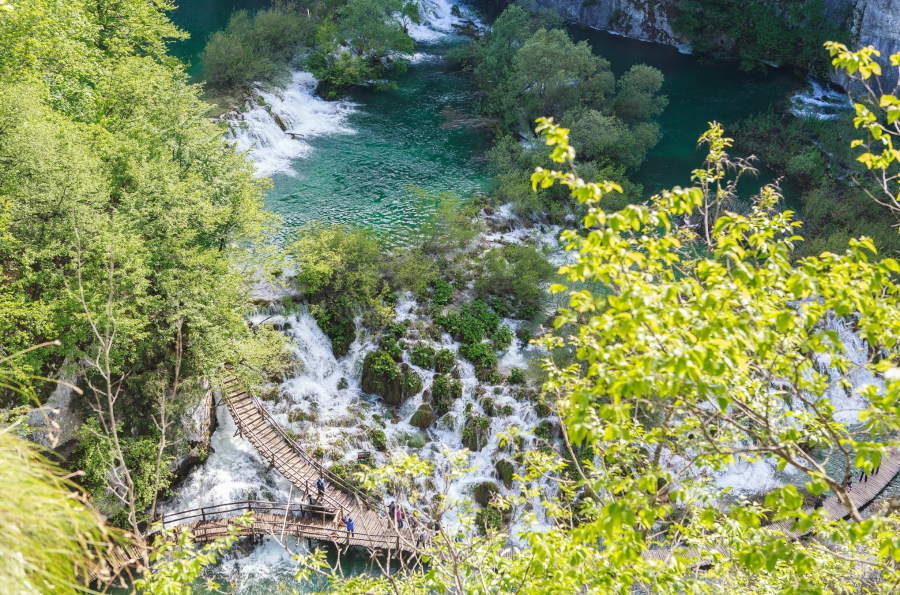
If you have a full day to explore, you should choose route C to explore the waterfalls and lakes that are layered in the park. You can experience Plitvice Lakes by ferry or use the tram inside the park that connects part of the park from gate 2 to near gate 1. All of these means of transport are included in the entrance fee. There are clear signs in the park, some places have rest stops, toilets and canteens to serve visitors.
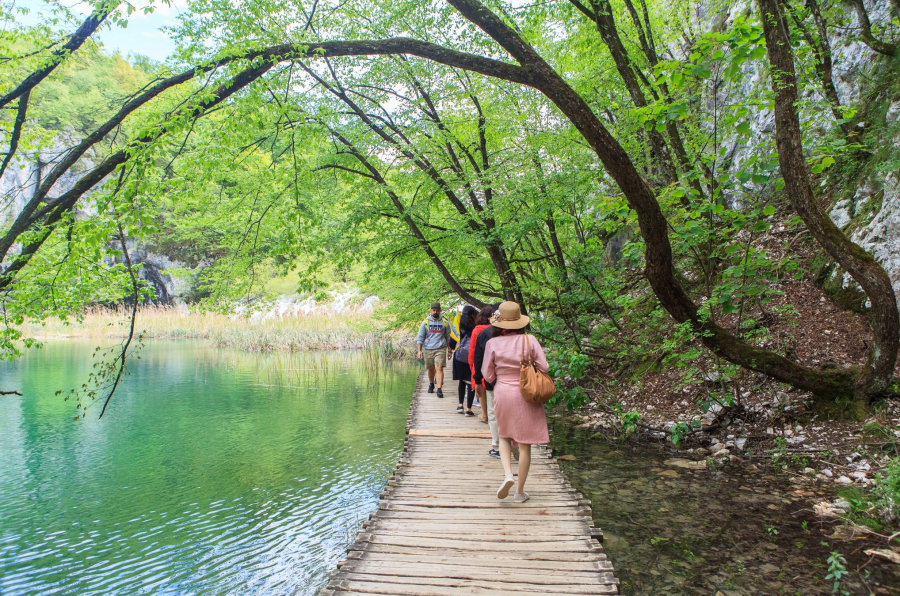
It is no coincidence that the number of tourists visiting Plitvice Lakes National Park has long exceeded 1.2 million per year. As one of the first UNESCO World Heritage Sites, Plitvice also has the third most beautiful waterfall in the world according to a CNN poll - surpassing other famous waterfalls such as Niagara Falls on the US-Canada border, or Hanakapia in Hawaii.

Nguyen Hoang Bao shared that he was completely captivated by the scenery here and will definitely return to the Plitvice paradise some enchanting autumn, to once again immerse himself in the "fairyland" of Plitvice.
MORE INFORMATION ABOUT TRAVEL BLOGGER NGUYEN HOANG BAO:
- Current job: Lecturer in tourism, Ho Chi Minh City University of Industry
- Author of the book: Doc Hanh (2018)
- Website:www.nhungbuocchan.com
- Facebook Page:www.facebook.com/NguyenHoangBao.DocHanh/
- Personal page:www.facebook.com/NguyenHoangBaoNBC
At Travel Fest 2019 held in Hanoi recently, he was one of the special guests of the talk show sharing experiences about different types of tourism. He is also one of the "7 impressive travel bloggers of 2018" that Travellive has introduced to readers.

























